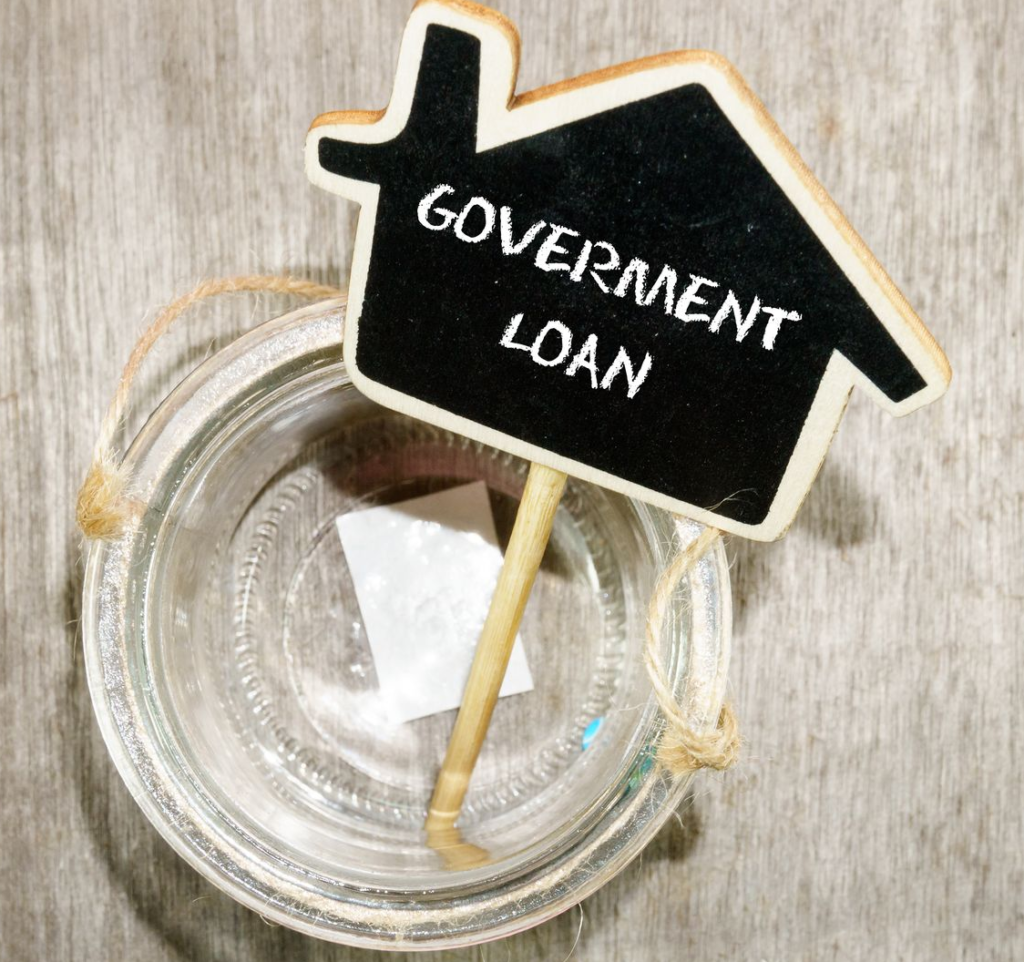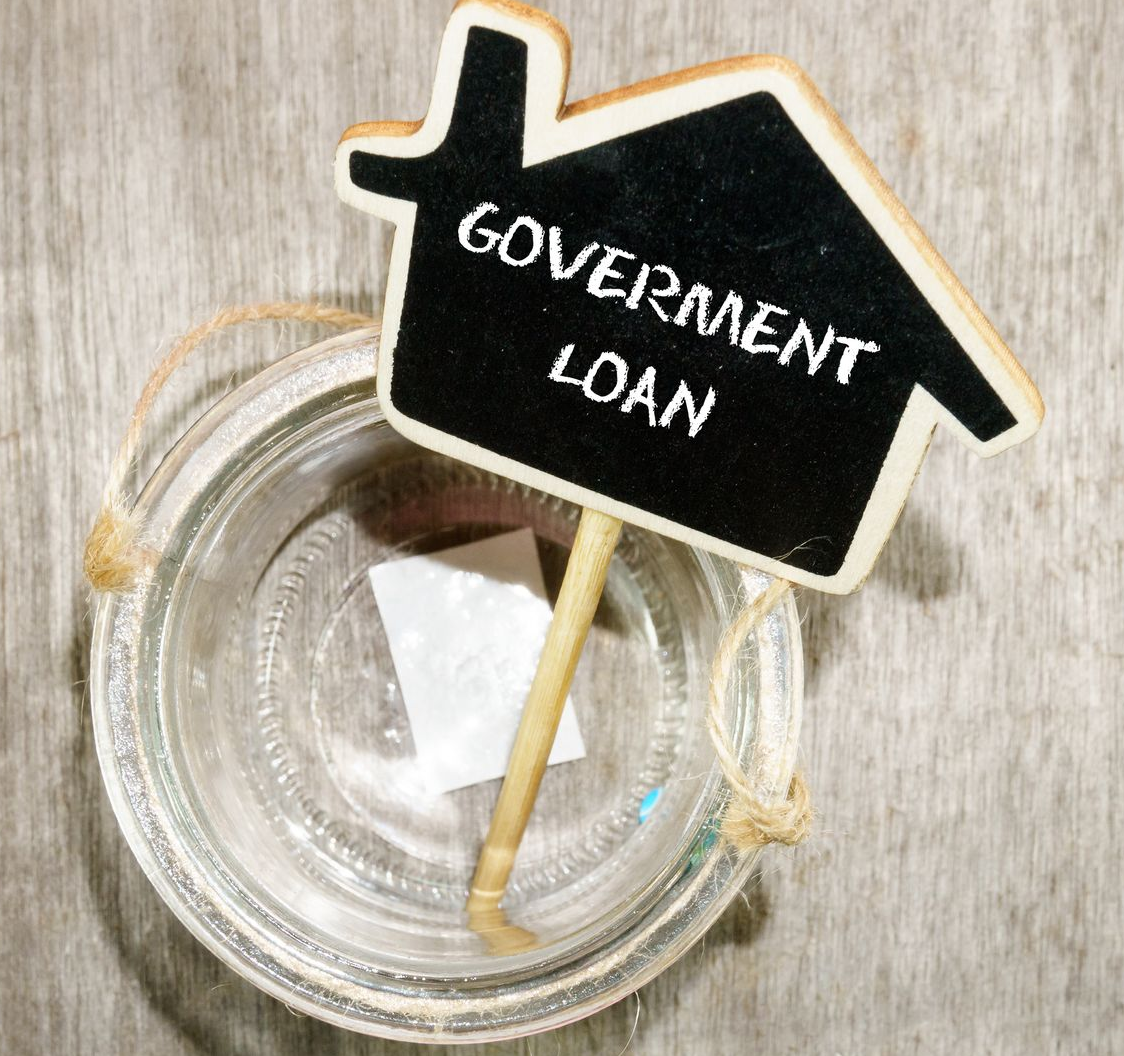
Getting a government loan for a small business typically involves applying through a program specifically designed to support entrepreneurs. Here’s a step-by-step guide:
1. Understand Your Loan Options
- Small Business Administration (SBA) Loans (U.S.): The SBA doesn’t lend money directly but guarantees loans made by approved lenders, making it easier for small businesses to get financing.
- Popular SBA loan programs include:
- 7(a) Loan Program: General-purpose loans for working capital, equipment, or expansion.
- 504 Loan Program: For purchasing real estate, machinery, or other fixed assets.
- Microloans: Smaller loans (up to $50,000) for startups or small businesses.
- Popular SBA loan programs include:
- State and Local Government Programs: Many states and municipalities offer business loan programs, often focused on specific industries or underrepresented entrepreneurs.
- Economic Development Loans: Offered through local development agencies to boost regional economies.
2. Check Eligibility Requirements
- Ensure your business qualifies based on size, location, revenue, and purpose of the loan.
- Some programs prioritize minority-owned, women-owned, or veteran-owned businesses, as well as businesses in underserved areas.
3. Prepare a Business Plan
- Most government loan programs require a detailed business plan that includes:
- Executive summary
- Market analysis
- Financial projections
- Loan purpose (e.g., equipment purchase, payroll, expansion)
4. Gather Required Documents
- Personal and business tax returns
- Financial statements (profit and loss, balance sheets)
- Legal documents (business licenses, registration, leases)
- Credit reports (personal and business)
5. Identify Lenders or Agencies
- Use online resources like the SBA’s Lender Match tool to find approved lenders.
- Contact your local Small Business Development Center (SBDC) for guidance.
6. Apply for the Loan
- Submit your application through the lender or agency administering the program.
- Be prepared for a thorough review process, which may include interviews and additional documentation requests.
7. Explore Alternative Programs
- If you’re unable to secure a traditional government-backed loan, consider:
- Grants: Free funding that doesn’t need repayment.
- Community Development Financial Institutions (CDFIs): Specialized lenders serving small businesses.
- Crowdfunding or Angel Investors: For businesses with innovative ideas or products.
Additional Tips:
- Consult Experts: Work with a business advisor or mentor through organizations like SCORE.
- Build Strong Credit: Both personal and business credit scores impact loan approval.
- Stay Persistent: It can take time to secure funding, so don’t get discouraged.
If you’re in a specific country, let me know, and I can provide more tailored guidance!
Getting a government loan for a small business typically involves a structured application process and meeting specific eligibility criteria. Here’s a step-by-step guide:
Second option
1. Research Loan Programs
- U.S. Small Business Administration (SBA) Loans (if you’re in the U.S.):
- SBA 7(a) Loan Program: General-purpose loans for working capital, equipment, or expansion.
- SBA Microloans: Small loans (up to $50,000) for startups or small businesses.
- CDC/504 Loan Program: Loans for major fixed assets like real estate or machinery.
- Local and State Government Programs:
- Check with state and municipal agencies for grants, subsidies, or loan programs.
- Specialized Loans:
- Programs targeting specific groups (e.g., women, veterans, minority entrepreneurs).
2. Assess Your Eligibility
- Business Type: Confirm your business is eligible under the loan program (e.g., size standards for SBA loans).
- Credit Score: Ensure you meet the required credit score.
- Business Plan: Be prepared to show a solid business plan with financial projections.
- Collateral: Some loans require collateral as security.
- Time in Business: Certain loans require a minimum operating period.
3. Prepare Your Application
- Key Documents:
- Business Plan
- Financial Statements (Profit and Loss, Balance Sheet)
- Tax Returns (business and personal)
- Bank Statements
- Legal Documents (licenses, leases, incorporation documents)
- Loan Purpose:
- Clearly articulate how you plan to use the loan funds.
4. Find an Approved Lender
- SBA Loans:
- Use the SBA Lender Match tool to find approved lenders in your area.
- Local Programs:
- Check with local economic development agencies for participating lenders.
5. Apply for the Loan
- Submit your application with all required documentation.
- Be ready for questions or requests for additional information from the lender.
- Some programs may include an interview or site visit.
6. Follow Up and Negotiate Terms
- If approved, review loan terms carefully.
- Negotiate repayment terms, interest rates, and fees if needed.
- If declined, request feedback and explore alternative funding options.
Tips:
- Leverage Free Resources: Contact your local Small Business Development Center (SBDC) or SCORE office for free guidance.
- Grants as an Alternative: Research government grants, which don’t require repayment but may have more specific criteria.
- Stay Organized: Keep a checklist to ensure you have all necessary documents. government loan government loan government loan government loan government loan government loan











